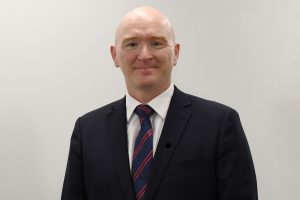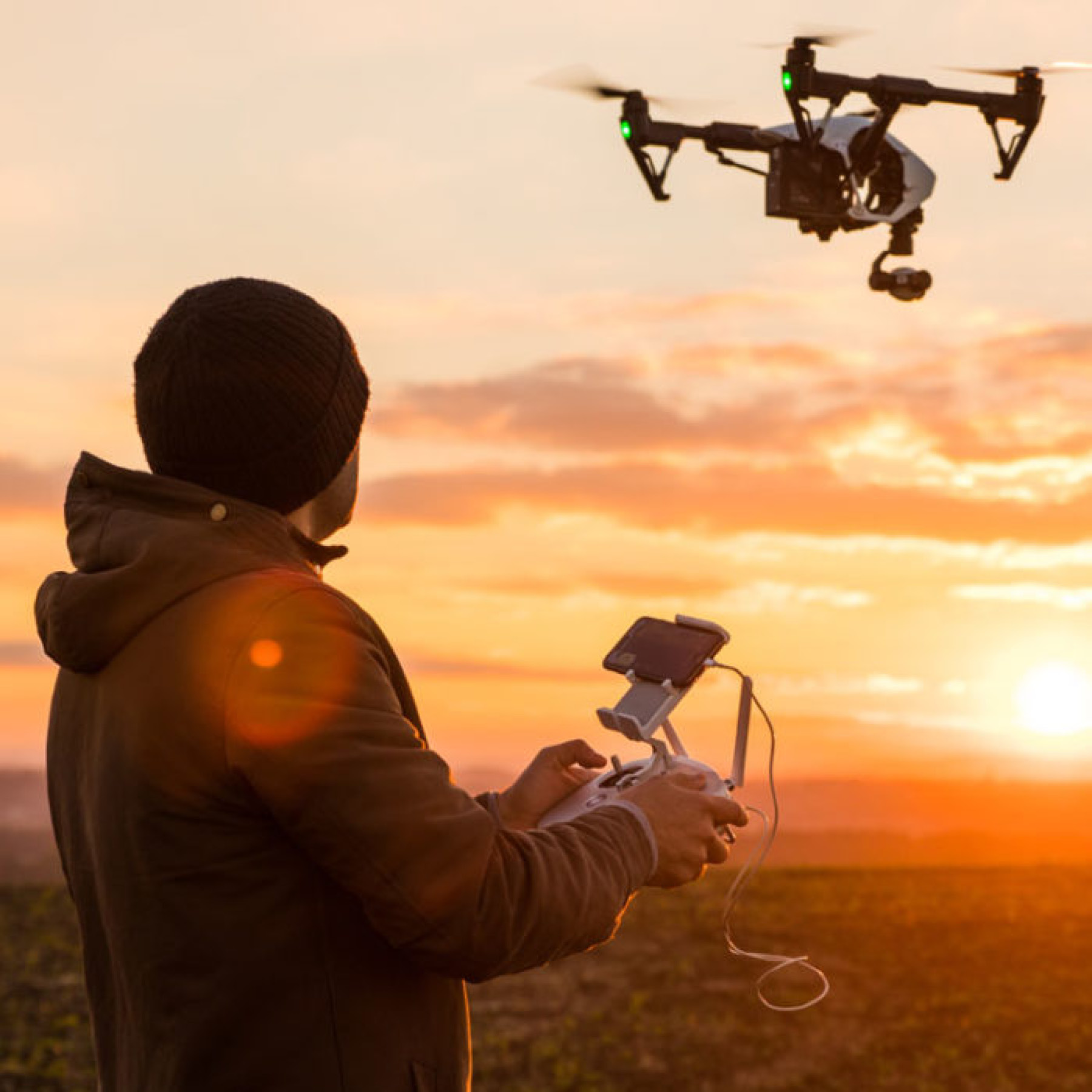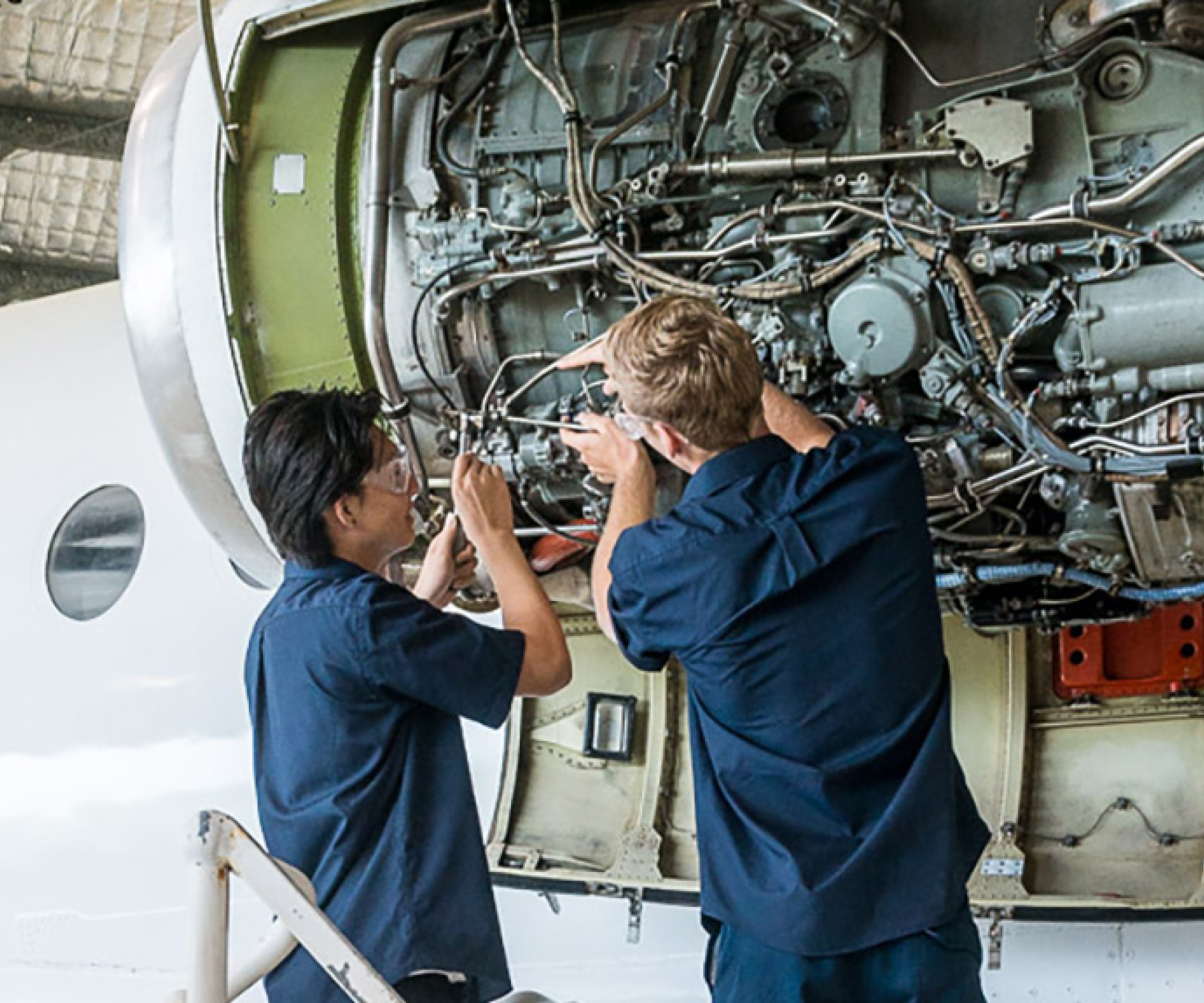Language
You can read the magazine in one of the following languages
Geolocation
You can read the global content or the content from your region


A vast country located at what was long thought of as the end of the world, Australia has long depended heavily on aviation to stay connected.
It’s a reliance that has become yet more apparent in recent years as a series of disruptions have seriously impacted the industry, with both individuals and business affected. According to the International Air Transport Association, Australia’s aviation sector was one of the hardest hit globally during the COVID-19 pandemic. Figures show that passenger demand dropped by more than 80 percent in 2020 compared to the previous year.
But already, it has rebounded with traffic expected to hit pre-pandemic levels in the coming year. In line with this comeback, strong employment growth of 10.5 percent is forecast for the sector in the period to 2026.
Its opportunities are mirrored by those of Australia’s vibrant aerospace industry, according to the CEO of Aviation Australia Glenn Ryan. The registered training organization, established by the Queensland State Government in 2001, provides essential training and skill development programs to support the future growth and success of both the aviation and aerospace sectors in Australia and beyond.
“These two areas are going to be fundamental to Australia’s future,” Aviation Australia CEO Glenn Ryan tells The CEO Magazine. “There is a significant workforce shift occurring in aviation and aerospace industries which Aviation Australia will play a crucial part in solving.”
Aviation Australia is crucial to the futures of both industries, keeping them advancing by providing a continual stream of workforce across a wide range of commercial and general aviation roles.
“We’ve got the training skills to grow the workforce for everything from front of office, all the way through to those deep maintenance skills,” Ryan explains. “We’re delivering a constant flow of fresh talent to the industry.”
The pathway methodology championed by Australian Aviation is particularly relevant as forecast workforce shortfalls come into play.
“We play an important part in working with industry, and with the regulator, to guarantee the quality of that workforce,” he says.
“We’re not the only aviation training provider, but we probably have the largest footprint as well as the full scope of training options that an airport and commercial airline need from a vocational training perspective.”
Catering to the growing demand for skilled workers in this field represents an immense opportunity that Ryan quickly identified as the newly anointed CEO.
“I saw this need for a strategic view of the workforce, and how we could generate it. But I saw two key areas which were very quickly expanding into, and that was the aerospace and new energies area. As they expand more and more, there will be a growing need to change or build new vocational training solutions to help industry meet the growing demands.”

“I saw this need for a strategic view of workforce, and how we could generate it.”
Although he only took on the CEO role in March, Ryan has already made a noticeable impact. His arrival at the organization represented the start of a new chapter for him, after a successful career in the Australian Army.
“As I was looking around, I saw an advertisement for Aviation Australia. The more I looked into it, the more I saw a fit for me within the organization and the value I could offer given my training background at a national level,” he recalls.
Based on the Army leadership model and time spent with Westpac, according to Ryan, his experience in the forces appears to have translated well into his new role.
“In many ways I see that the core skill set of leadership, of management, of organizational problem solving being the same,” he reflects.
This common ground involves plenty of communication in order to understand where the problems lie, rather than simply identifying the symptoms.
Indeed, for Ryan, the best ideas are the result of interactions with people and he takes pride in engaging with his team and also students at every given opportunity.
“I can speak to the students about what’s going on. I can speak to the staff perspective and how that is translating to student outcomes. The positivity with which the students talk about the pathway to their dreams in the industry and concerns they have are something we can help with. That drives me,” he says.

“There is a discussion that needs to be had within industry about what the workforce looks like in five years so that we can upskill and grow.”
“These one-on-one conversations highlight to me the importance of what we do in helping people achieve their pathway to working in this industry. I just love the stories that they tell me. I love the way that they look into the future and talk about it. It’s a great place to be when you’re seeing people achieve their goals, and you are a part of that.”
Constant dialogue with industry stakeholders is also crucial to preempt the labor demands of the future, with Aviation Australia’s longest pathway close to five years long.
“If we can’t have those trusted conversations about what those workforce needs are, then the vocational training system can’t deliver it,” he stresses.
With so much scrutiny about the sustainability of the aviation sector, factoring any potential environmental evolutions into the equation is also a necessity. Aviation Australia has been making its own moves in this area, partnering with a Brisbane-based company that is seeking to produce an aircraft that flies purely on hydrogen energy.
“We’ve also been speaking to some groups about partnerships in advanced air mobility and we are working with Brisbane Airport Corporation on sustainable fuel. The question will be, once we’ve seen these trials come to fruition, how fast can we move to upskill the workforce,” he says.
“It’s an amazingly exciting time because I can see that by the end of this decade, we will have sustainable fuels in aircraft in Australia. We will have different energy systems being used in the sector. Aviation Australia will be addressing its carbon footprint because that’s what the industry, our customers and our students expect of us.

“It’s an amazingly exciting time because I can see that by the end of this decade, we will have sustainable fuels in Australian aircraft.”
“But most importantly, the staff here want to see us addressing our carbon footprint. What I’m trying to work through with our partners and with the staff here is how fast we can move in that direction so that it is sustainable in itself.”
Such conversations are critical not only to ensure the industry evolves, but also to give Aviation Australia the chance to prepare for any shifting dynamics.
“There is a discussion that needs to be had within industry about what the workforce looks like in five years so that we can upskill and grow.”
Even with so many uncertainties up in the air, Ryan is certain both aviation and aerospace will continue to play a critical role in Australia’s future.
“The industry has been fundamental to our lifestyles for so long that we’ve started to take it for granted,” he stresses. “We’re humans that want to connect with other humans, and aviation is essential to allowing us to move to connect with family, work and new adventures.”